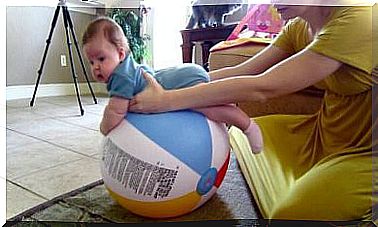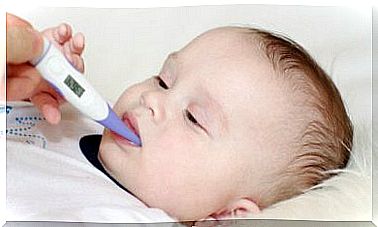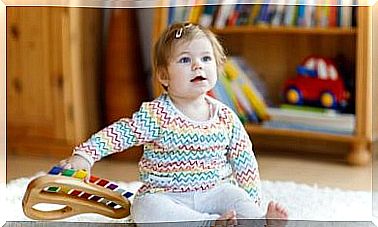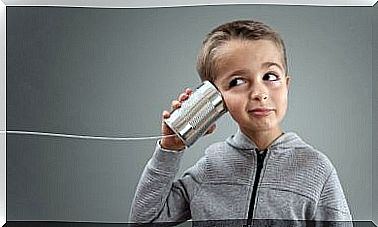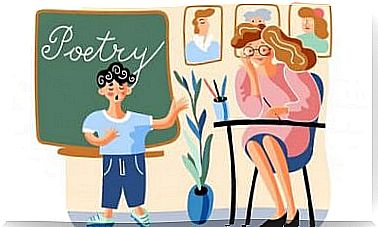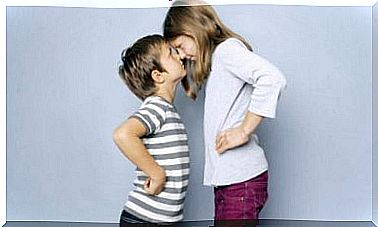Explanatory Theories On Social Development – I’m A Mom
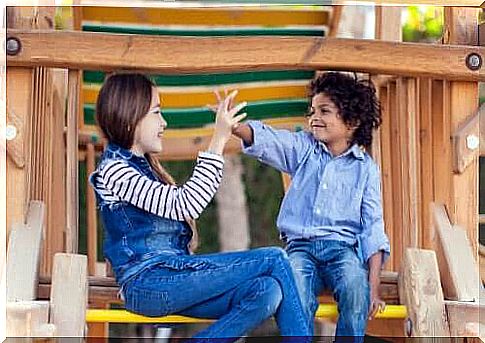
There are several explanatory theories about social development. In short, these theories explain how the social environment influences a child’s development in the cognitive, emotional, and social realms.
Since we were born, we are social beings destined to live in a social world and, therefore, we need other people to develop and evolve.
From an early age, the child becomes himself through interaction with other people, in a continuous process of socialization. She is influenced by the presence and actions of others and, at the same time, influences and determines the behavior of others towards her.
There are different explanatory theories about social development that explain how interaction with other people influences a child’s cognitive, emotional and personal development. Among them, we will mention those developed by Lev Vygotsky, Erik Erikson and Urie Bronfenbrenner.
Explanatory theories on social development
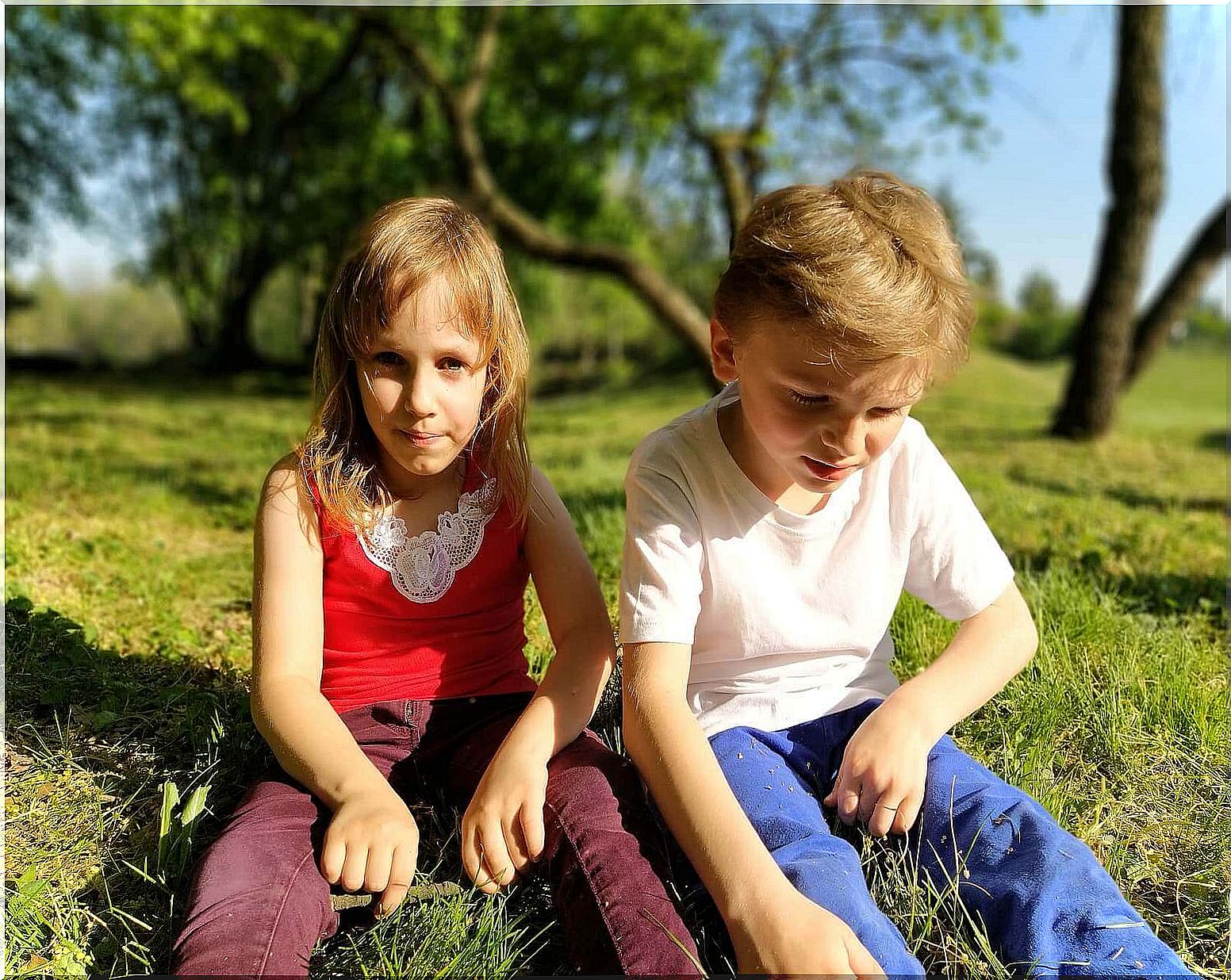
Lev Vygotsky’s sociocultural theory
Lev Vygotsky was a Russian psychologist and a forerunner of social constructivism. His theory is based on sociocultural learning. In this sense, he considers that the social environment is fundamental for the child’s learning. Therefore, learning is the integration of two factors, social and personal.
Vygotsky worked with various concepts to understand children’s social development and learning. Next, we’ll look at each of them.
mental functions
For Vygotsky, there are two types of mental functions:
- Inferiors : are the functions we are born with, which are innate to us and biologically determined.
- Superior : are the mental functions acquired and developed through social interaction.
psychological skills
In the child’s cultural development, mental functions develop and appear twice. First, they appear at the social level and then at the individual level.
Attention, memory and concept formulation first appear at the social level (interpsychological function) and gradually become an individual function (intrapsychological function). In this way, all higher functions originate through interaction with other people.
Proximal Development Zone
Vygotsky defined the zone of proximal development (ZPD) as “the distance between the actual level of development, determined by the ability to solve problems independently, and the level of potential development, determined by solving a problem under the guidance of an adult or in collaboration with more capable colleagues”.
Therefore, ZPD is the time when learning occurs, allowing the child to progressively develop their higher mental functions.
psychological tools
For Vygotsky, psychological tools are all objects that serve to organize information externally (symbols, writing, artwork, drawings, language…), with language being the most important tool, as it is the means through which the child communicates with the social environment.
It is possible to say that psychological tools are the bridge between lower and higher mental functions. They mediate our thoughts, feelings and behavior.
Mediation
When we are born, we have only lower mental functions, since the higher ones have not yet developed. As the child interacts with others, learning occurs. Thus, the children learn through instrumental and social mediators.
However, what we learn depends on the psychological tools we have and, in turn, these depend on the culture in which we live. As a result, our way of thinking, feeling and acting is culturally mediated.
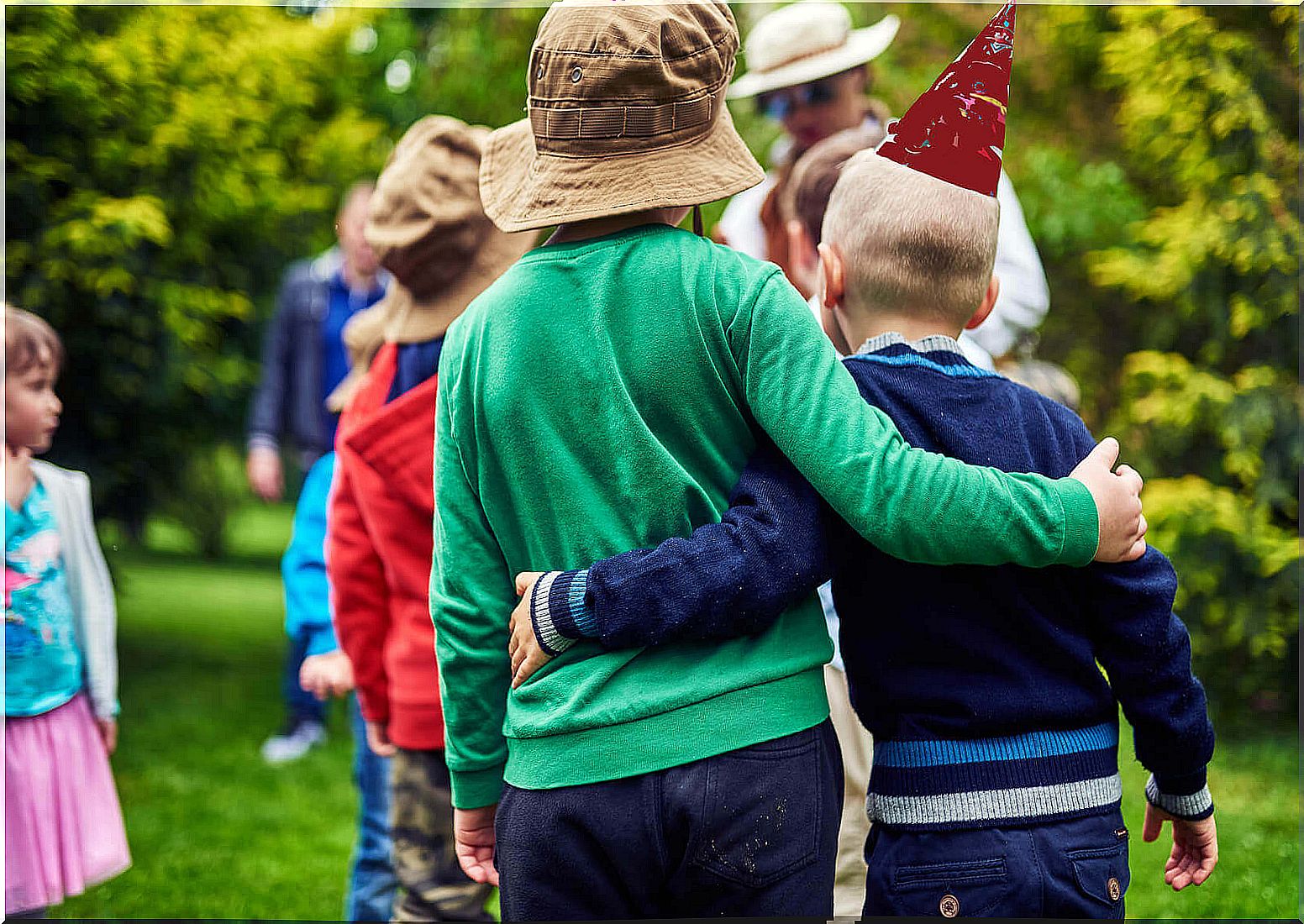
Other explanatory theories on social development
Erik Erikson’s psychosocial theory
Like Vygotsky, Erikson attaches special importance to social and cultural aspects of personality development. Erikson developed the psychosocial theory. It describes eight stages (conflicts) between childhood and old age. These steps are influenced by social interaction, and each one of them presents a new challenge (conflict between social needs and demands) that the person must solve.
Once the conflict at each stage is resolved, this will lead to the development of new competencies. Each stage will have two possible outcomes:
- Successful completion of each stage leads to new skills and therefore a healthy personality and successful interactions with others.
- Failure at one stage can result in a reduced ability to complete the other stages, leading to a less healthy personality and sense of personal identity.
psychosocial stages
- Stage 1. Childhood. Trust versus distrust (0-18 months).
- Stage 2. Early childhood. Autonomy versus shame and doubt (18 months to 3 years).
- Stage 3. Age of the game. Initiative versus guilt (3 to 5).
- Stage 4. Adolescence. Industry (productivity) versus inferiority (5 to 13 years).
- Stage 5. Youth. Identity versus identity confusion (13 to 21 years, approximately).
- Stage 6. Maturity. Intimacy versus isolation (approximately 21 to 40 years).
- Stage 7. Adulthood. Generativity versus stagnation (approximately 40 to 60 years).
- Stage 8. Old age: Integrity versus despair (approximately 60 years until death).
Urie Bronfenbrenner’s Ecological Theory
Bronfenbrenner proposes an ecological perspective on the development of human behavior. He believes that the development and learning are the subject of the interaction of products with the environment. Therefore, the child’s environment and all the systems of which he is a part influence his cognitive, moral and relational development.
The ecological environment presented by Bronfenbrenner is a set of systems with different levels. Furthermore, these levels are interconnected: each level contains the other and they depend on each other.

Ecological Theory Systems
- Microsystem. It is the most internal and immediate environment in which the individual develops (family, school, friends…).
- Mesosystem. It comprises the interrelationship of two environments or microsystems. In it, the developing person interacts and actively participates (school-family, family-friends…).
- Exosystem. These are environments that do not include the person in development directly. However, they can affect your environment and therefore your development. An example, in the case of a child, would be their parents’ workplace. The child does not participate in this environment, but it can implicitly influence their development (availability of time, parental stress…).
- Macrosystem. These are the elements of the culture in which the person develops. It is the set of values, religions, traditions, etc. This level influences how other systems can express themselves.
- Chronosystem. It has to do with the temporal dimension. According to the moment of life in which a person is, events in their environment will affect them in different ways.



